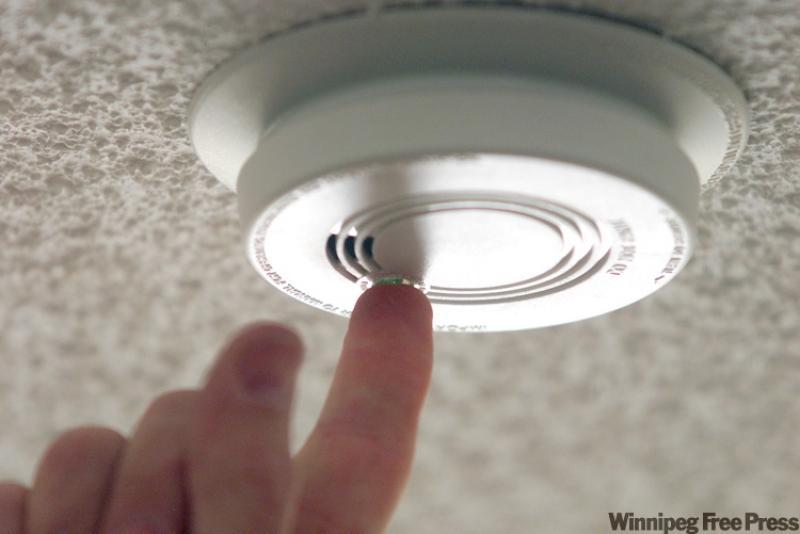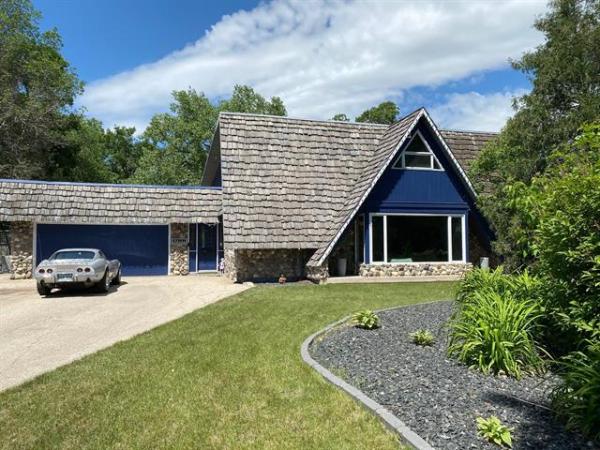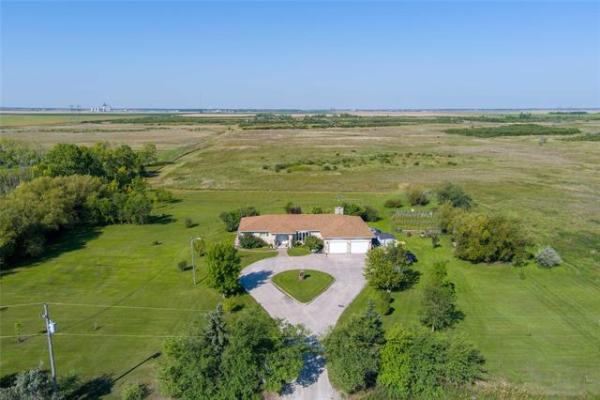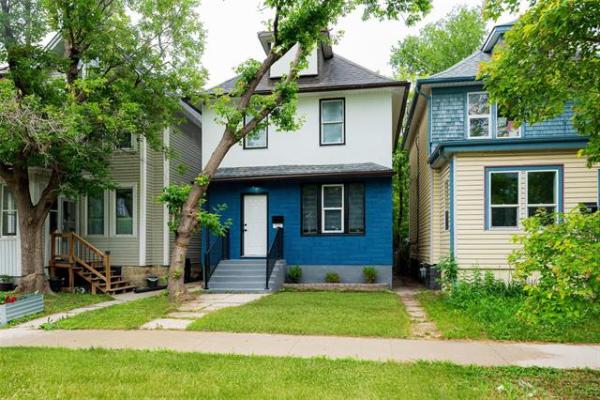QUESTION: My home is 22 years’ old and has hard-wired smoke detectors in the main floor hallway and in the basement. We also have battery-operated ones installed in the bedrooms. The hard-wired units are connected to the house alarm system. They are cleaned and tested at regular intervals. How often should these units be replaced to ensure they are working at top efficiency? Can any store-bought hard-wired unit be used to replace a defective one, or would the company that originally installed the alarm system need to replace a defective unit with one they sell?
Thank you, Bill Barker
ANSWER: Proper maintenance and testing of smoke detectors in homes is one of the most important preventive measures for fire safety. It is also one of the simplest and least expensive home maintenance measures but one many homeowners neglect.
Most manufacturers of smoke detectors recommend the units be replaced at least every 10 years, regardless of type. Whether the units are battery- or AC-powered units, they do not have an unlimited life expectancy. If the hard-wired units in your home are original, they are definitely overdue for replacement, even if they appear to be functioning properly.
Depending on the brand and style, you may be able to easily replace them yourself with units bought at local retail outlets. Most hard-wired, AC-powered units have been designed to easily interconnect with each other, so that all will alarm if one unit is activated due to smoke. This also allows for easier connection to the home's central alarm, but that may depend on your alarm company's infrastructure.
The first thing to do before changing any of the wired smoke alarms in your home is to contact your home alarm provider and ask if specific models are required to meet their specifications. By removing the cover of many smoke detectors, you should be able to view the make and model number for reference. Even if this is not easily identifiable, the alarm company should be alerted that you are upgrading the units, so a false alarm can be avoided.
Your alarm monitoring company may insist that only their trained personnel can replace the units, but that may be an attempt to create additional business for their service technicians. Most hard-wired smoke detectors and wiring are installed by the original builders and the alarm companies connect to their systems after the fact.
There are a couple of other issues to consider before purchasing new smoke detectors to replace the older models.
First, there are two basic types of smoke detectors, which use different technologies to detect smoke particles. One is an ionization sensing unit designed to detect smaller, often invisible smoke particles associated with fast-burning fires. The second type is a photoelectric model, which is designed to detect larger, visible smoke particles often associated with slow, smouldering fires.
Both of these sensors have been tested to alarm with either type of fire, but each type will detect the different-sized particles noted more quickly than the other. For this reason, manufacturers suggest installing both types in the home. Newer models may contain both types of sensors in one unit, avoiding the need for twice the number of detectors.
The second consideration is the power source and interconnection between smoke detectors. The two hard-wired units in your home may not only be connected to wiring associated with your house alarm, but are likely interconnected so that both alarm when one is activated. This is important if you have bedrooms or finished living space in the basement as well as the main floor. While you have been extra diligent in installing battery-operated units in the bedrooms in case of a power failure, these will not be interconnected and may not alert other occupants of your home if there is an isolated fire in one bedroom.
The solution to this dilemma is to install new units powered by AC wiring but which also have a battery backup. Most manufactures make models that have dual power sources, which would also minimize the number of additional smoke detectors you need in other areas of your home. Also, this variation should have little effect on the house alarm compatibility.
The last issue to consider is the need for a second type of detector.
Carbon monoxide (CO) is a colourless, odourless gas that can be produced by incomplete combustion of fuel sources. It can be produced by oil, natural gas or propane furnaces, stoves, ovens, fireplaces or any wood-burning appliance within your home.
Unlike smoke alarms, newer models of CO detectors alarm differently at varying levels of gas, which may alert you to a problem before the situation becomes critical. For this reason, more than one detector may not be required, and this can be located anywhere in the home. Again, many manufacturers have combination smoke and CO detectors that are more costly than single-sensor units, but may save time and money over installation of both individual units in your home.
Ari Marantz is the owner of Trained Eye Home Inspection Ltd. and the President of the Canadian Association of Home & Property Inspectors - Manitoba (www.cahpi.mb.ca). Questions can be e-mailed to the address below. Ari can be reached at (204) 291-5358 or check out his website at www.trainedeye.ca.
trainedeye@iname.com




